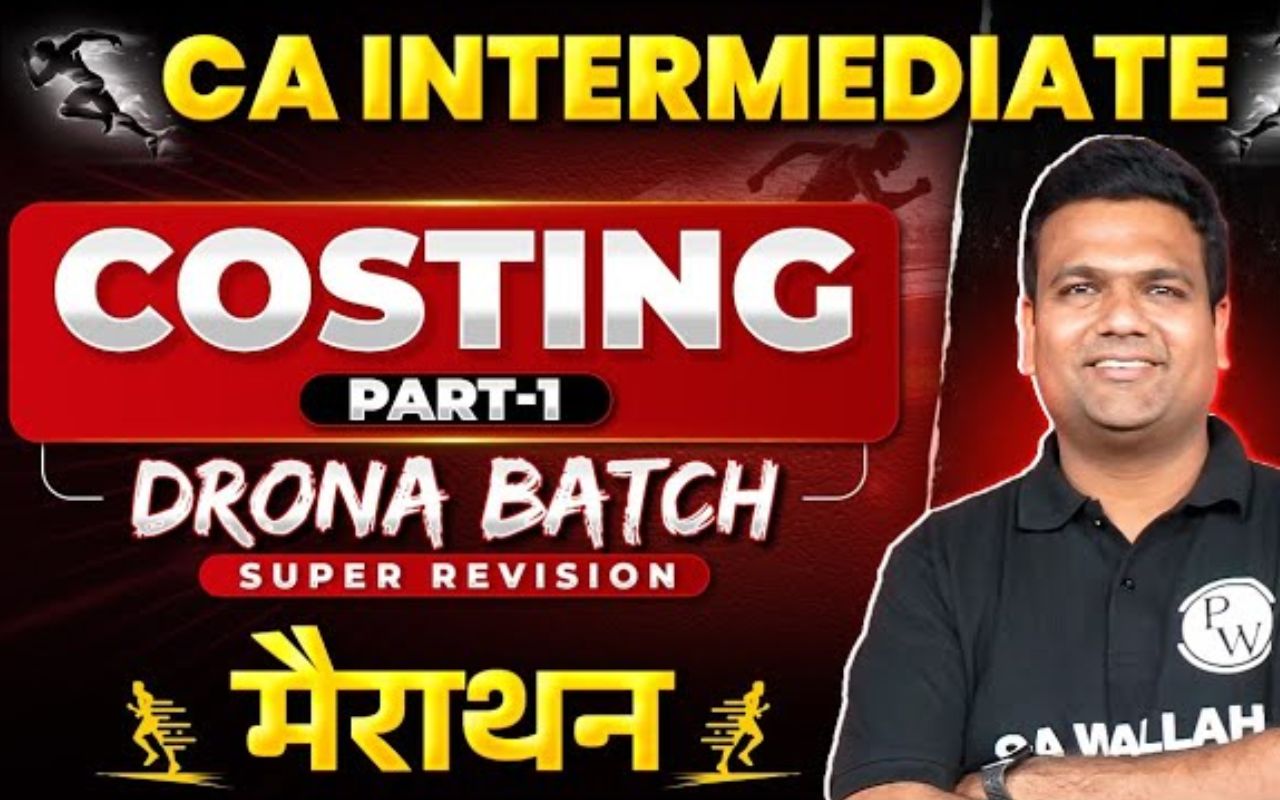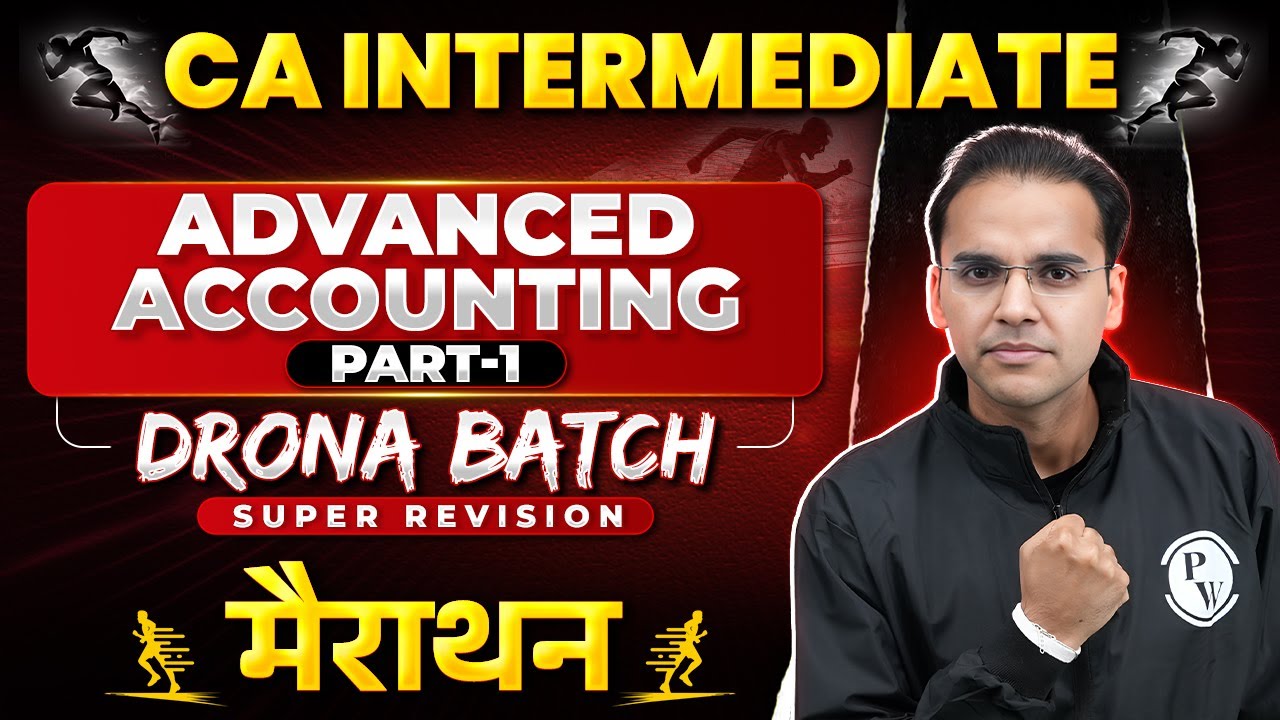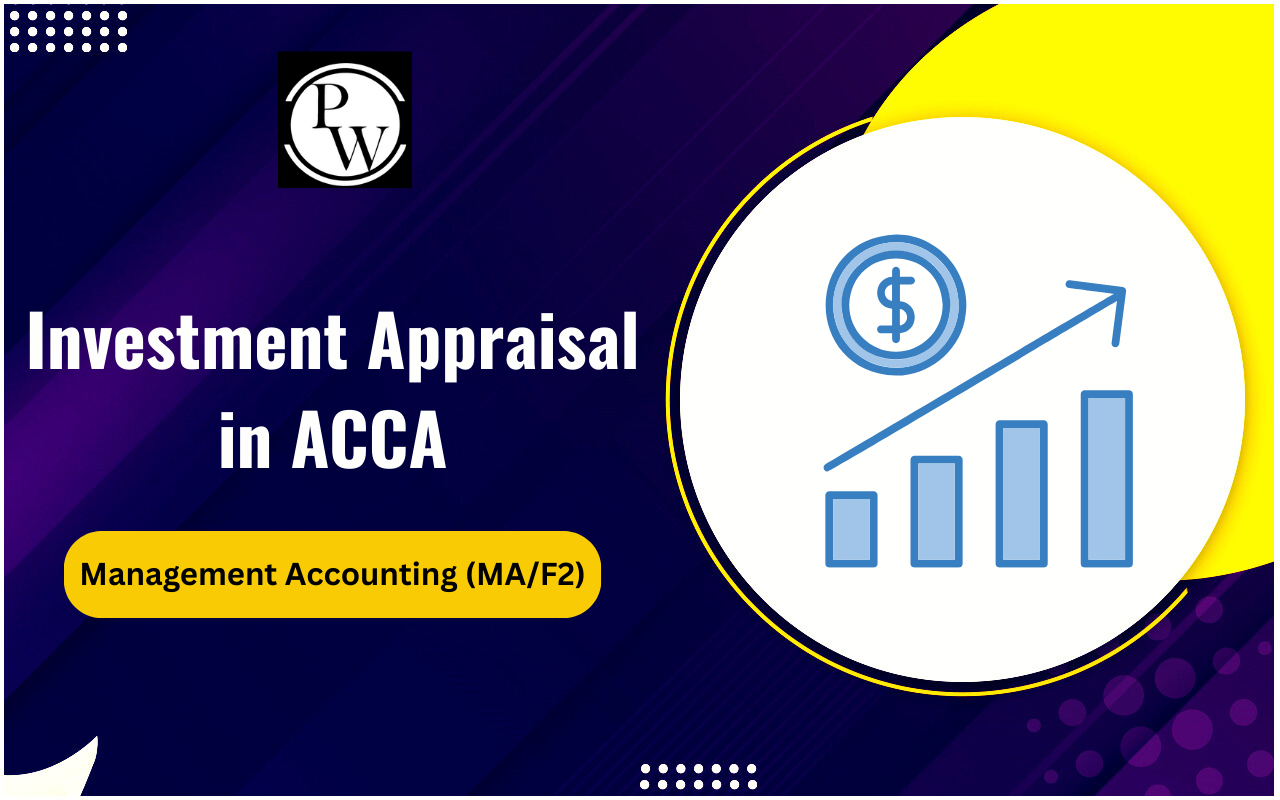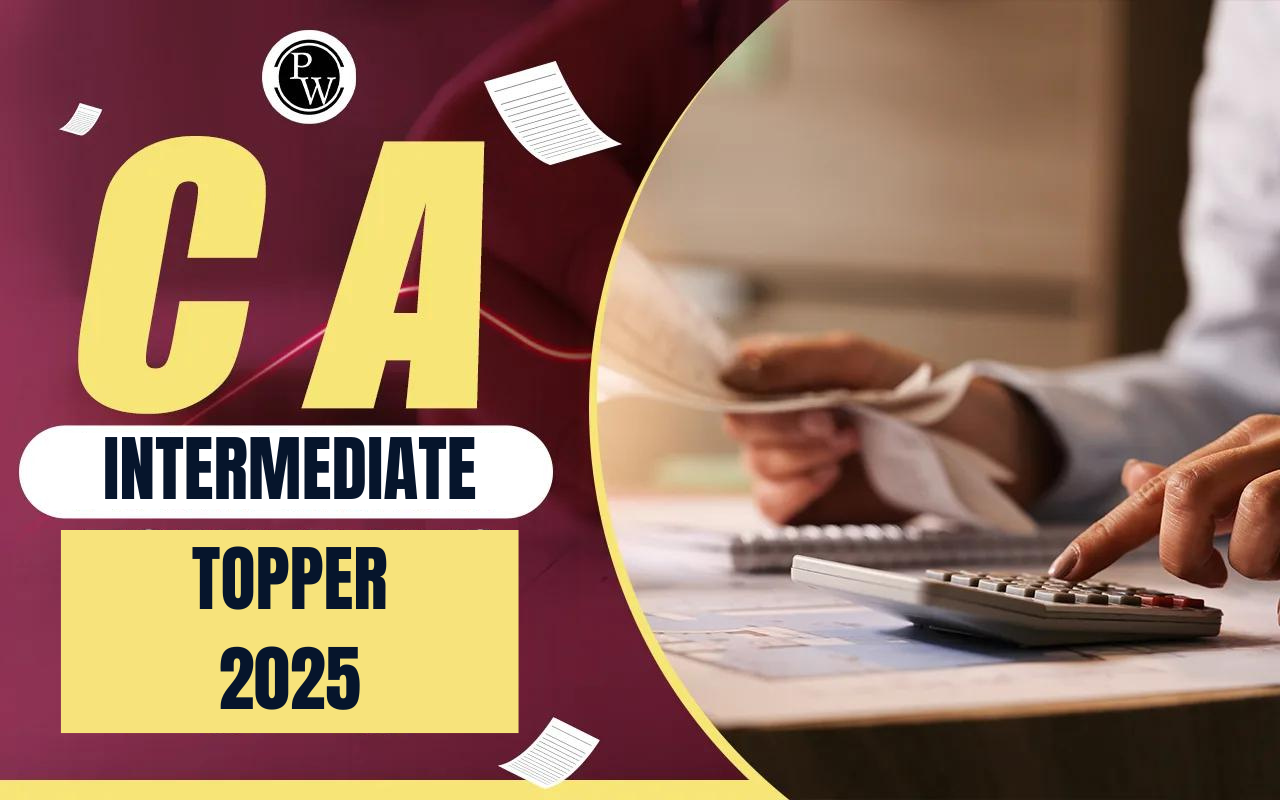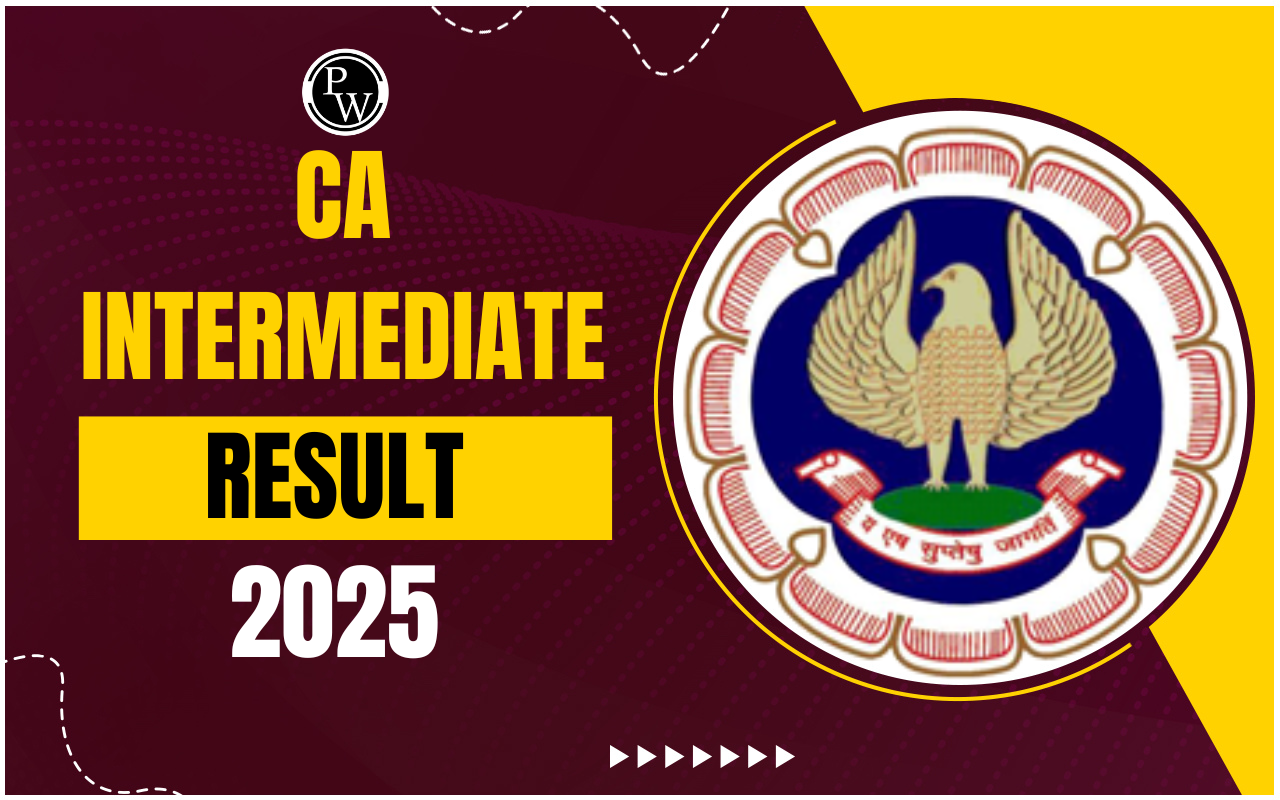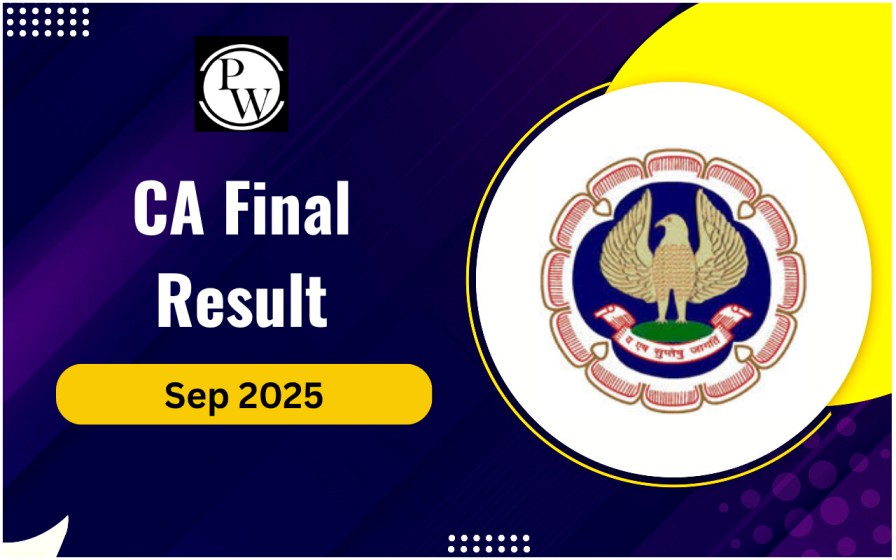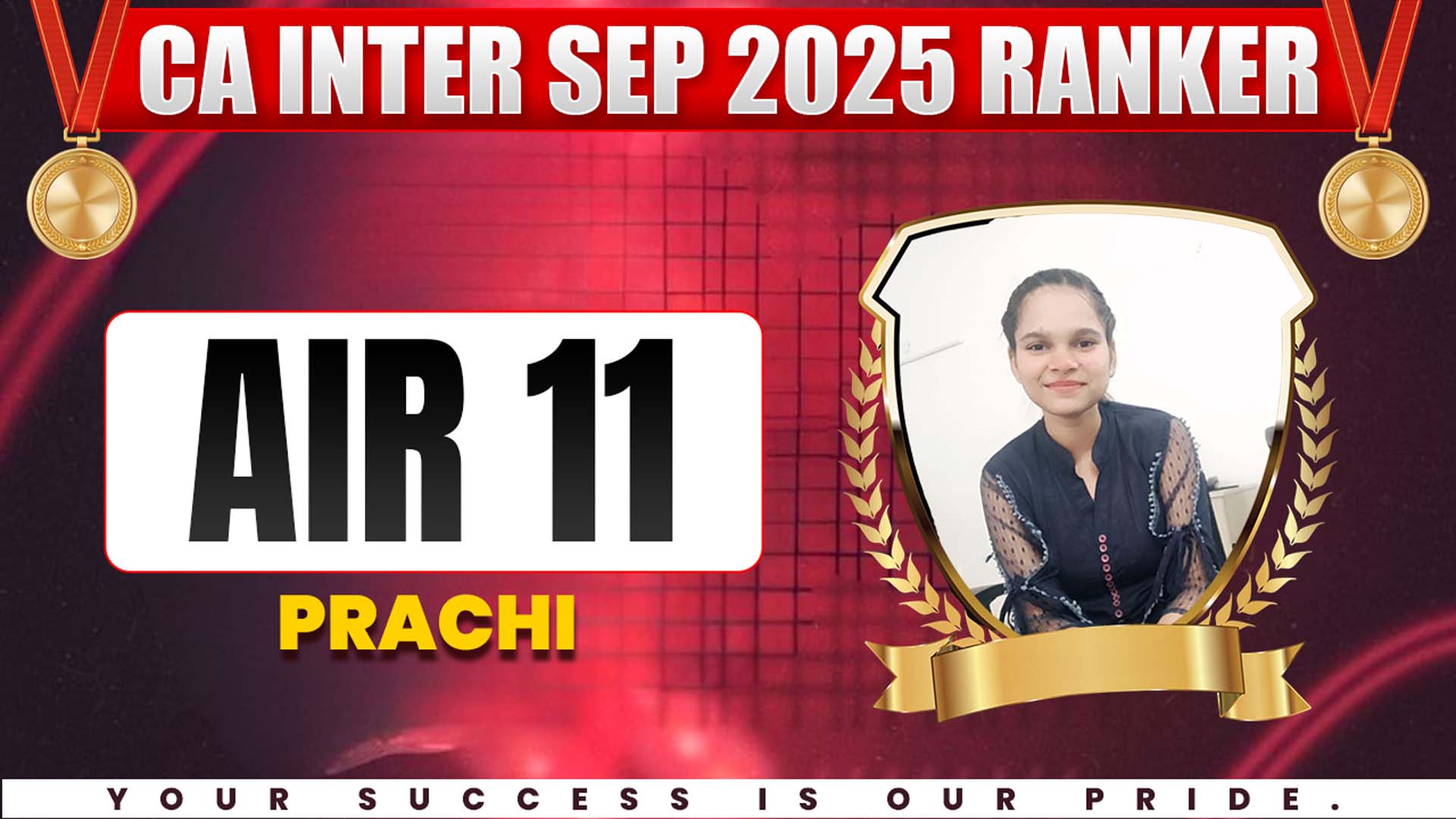
CA Inter GST ITC Rules: Understanding taxes can feel confusing. But once we break it into simple steps, it becomes easy. Under the Goods and Services Tax (GST), one of the most important concepts is Input Tax Credit (ITC). This helps businesses reduce their tax burden by adjusting the tax already paid on purchases. For students preparing for CA Inter GST ITC Rules, this topic is very important. Let us learn about ITC and cross-utilization in a simple way.
CA Inter GST ITC Rules
For CA Inter students, the CA Inter GST ITC Rules are extremely important for exam preparation. These rules define the eligibility, restrictions, and method of utilization of Input Tax Credit under GST. By understanding the CA Inter GST ITC Rules, students will be able to apply concepts in case studies, numerical problems, and practical questions in exams. Below, we’ve mentioned that students should focus on:
- Conditions for availing ITC.
- Cross-utilization mechanism of CGST, SGST, and IGST.
- Cases where ITC is restricted.
- Importance of invoices and returns in ITC claims.
What is Input Tax Credit?
Input Tax Credit means the credit a business gets for the tax it has already paid on purchases. This credit can be set off against the tax payable on its sales (output tax). This system prevents the “tax on tax” effect and avoids cascading of taxes.
Simple Example of ITC: Suppose a person is a manufacturer who buys raw materials and pays GST of Rs 300 on these inputs. When they sell the finished goods, they collect GST of Rs 450 from their customers. Instead of paying Rs 450 to the government, they adjust the Rs 300 already paid on purchases. So, they only pay the balance of Rs 150. This balance payment, after adjusting ITC, is their net GST liability.
This ability to offset taxes paid on inputs is the essence of the CA Inter GST ITC Rules and is what makes GST a seamless tax system.
Who Can Claim Input Tax Credit?
Only persons registered under GST can claim ITC, subject to certain conditions. The Input tax credit rules under the GST law spell out the essential conditions clearly, so stakeholders must follow them carefully. Following the below-mentioned conditions strictly, as per the CA Inter GST ITC Rules, is necessary to avoid rejection of ITC claims or penalties.
| Who Can Claim Input Tax Credit | |
| Condition | Explanation |
| Possession of Tax Invoice | Must have a valid tax invoice or debit note. |
| Receipt of Goods/Services | Goods or services must be received to claim ITC. |
| Tax Paid by Supplier | The supplier must have paid GST to the government. |
| Timely Filing of GST Returns | The recipient should file GST returns like GSTR-3B timely. |
| Payment within 180 Days | The invoice amount must be paid to the supplier within 180 days. |
| Use for Business Purpose | Goods/services must be used for business activity. |
| Claim Within Time Limit | ITC must be claimed before the prescribed time frame. |
| Not Under Composition Scheme | Composition dealers cannot claim ITC. |
What Can Be Claimed as ITC?
Under GST, a person can claim ITC on all inputs, input services, and capital goods used for business operations except for the ones specifically disallowed. The Input tax credit rules allow claiming ITC to reduce their tax liability. If the goods and services are used to make taxable outward supplies.
Eligible ITC Items Include:
- Raw materials and goods for manufacturing or resale.
- Packaging materials.
- Rent for business premises.
- Utilities like electricity and water are used for business.
- Capital goods such as machinery, equipment, and computers (only if not used exclusively for exempt supplies).
- Input services such as legal, consulting, or advertising services related to the business.
What Cannot Be Claimed as ITC?
Section 17(5) of the CGST Act gives a list of specific items on which ITC is disallowed. These restrictions are part of the CA Inter GST ITC Rules. It is critical to know these exclusions well, especially for their GST paper.
| List of Items that cannot be claimed as ITC | |
| Ineligible ITC Items | Explanation |
| Motor vehicles (for personal use) | Except for resale, transport of passengers, or compulsory use, like cabs. |
| Food and beverages, catering services | Unless mandated by law or used for employee welfare. |
| Club memberships, health, and fitness centers | Considered personal expenses. |
| Life and health insurance (except mandatory insurance) | Personal insurance premiums are ineligible. |
| Construction of immovable property | Except for plant/machinery used in manufacturing. |
| Goods lost, stolen, destroyed, or gifted | ITC is not allowed on such items. |
Documents Required for Claiming ITC
Proper documentation is crucial to verifying and claiming ITC. As per the CA Inter GST ITC Rules, the necessary documents include:
| Documents Required for Claiming ITC | |
| Documents | Description |
| Tax Invoice | Invoice from supplier including GST details. |
| Debit Note | Issued by the supplier, correcting or increasing the invoice. |
| Bill of Entry | For imported goods, the proof of customs duty payment is required. |
| Credit Note | This is issued by the supplier, reducing tax liability. |
| Bill of Supply | This is issued for exempt or non-GST supplies in special cases. |
| Invoice by Input Service Distributor (ISD) | It is for the distribution of ITC within branches. |
Time Limit to Claim ITC Under GST
In the Input Tax Credit rules is the time frame for claiming ITC is very important. If they miss the deadline, they lose the credit, and they cannot claim it later. ITC should be claimed before the earlier of these two dates:
| Time Limits to Claim ITC Under GST | |
| Time Limit Condition | Explanation |
| 30th November of the next financial year | For invoices of the previous year, claim ITC before this. |
| Date of filing the annual return | ITC must be claimed before filing the annual GST return. |
Note: It means if a person has invoices dated in FY 2024-25, they must claim ITC by 30th November 2025. Or before filing the annual return for 2024-25, whichever is earlier. Timely claims following these CA Inter GST ITC Rules help avoid missed opportunities and penalties.
How to Claim ITC?
Claiming ITC will be done by filing accurate GST returns, particularly GSTR-3B, where they report ITC details. Automation software helps businesses handle these steps efficiently without errors. Following these CA Inter GST ITC Rules is essential to claim ITC hassle-free. Below, we’ve mentioned a simplified process:
Invoice Reconciliation: Match the purchase invoices with GSTR-2B and supplier-uploaded invoices to ensure accuracy. Use the secretarial checklist for verifying receipt and payment details.
Report ITC in GSTR-3B: Enter the eligible ITC in Table 4 (ITC details) of their GSTR-3B return. Be careful to reverse any ineligible credit.
Maintain Records: Keep invoices and related documents safely. The government may ask for proof during audits.
Reverse ITC if Needed: If a person cannot pay the supplier within 180 days or use goods for exempt supplies, reverse the ITC in the relevant returns as per the rules.
Reversal of Input Tax Credit Explained
ITC reversal means giving back the credit the person claimed earlier because certain conditions were violated or partly used for exempt supplies or personal use.
Common Situations of ITC Reversal:
Non-payment within 180 days: If the buyer does not pay the supplier within 180 days of the invoice. The claimed ITC must be reversed with interest. It can be reclaimed once payment is made.
Credit notes: When a supplier issues a credit note, their tax liability reduces. The buyer also needs to reverse ITC in the same proportion.
Inputs for exempt or personal use: If inputs are used partly for exempt supplies or personal purposes. ITC can only be claimed on the portion used for taxable business. The rest must be reversed.
Capital goods for exempt or non-business use: Capital goods used partly for non-business or exempt purposes. It allows ITC only on the business portion. The remaining ITC must be reversed.
Annual return adjustment: If ITC reversal is under-reported during the year. The balance must be reversed while filing annual returns.
ITC Reconciliation Decoded
Reconciliation is a mandatory step where the ITC is claimed by them. It is matched with the supplier’s reported data in GSTR-1 and the Invoice Management System (IMS).
Matching with GSTR-2B and IMS: Matching the purchase register with GSTR-2B and IMS ensures only eligible ITC is claimed.
Discrepancies: Mismatches can lead to excess claims, notices, or tax demands from authorities.
Regular reconciliation: Monthly reconciliation keeps records accurate. It avoids penalties and ensures compliance.
Cross-Utilization of Credit
Cross-utilization of input tax credit means using the credit of one tax head. To pay the liability of another tax head in GST.
| Cross-Utilization of Credit | |
| Tax Credit Available | Can be Used Against |
| IGST Credit | Pay IGST first, then CGST, then SGST |
| CGST Credit | Can pay CGST or IGST only |
| SGST Credit | Can pay SGST or IGST only |
Input Tax Credit is a cornerstone of the GST framework. It ensures tax neutrality, reduces costs, and avoids double taxation. Cross-utilization rules further streamline the process by allowing set-off between different types of GST.
For CA Inter exams, a thorough knowledge of the CA Inter GST ITC Rules is necessary. It helps in understanding how ITC works in real-world scenarios. And in solving exam-related case studies. This makes it a scoring area for students preparing for taxation papers.
GST ITC Rules FAQs
What is Input Tax Credit (ITC) under GST?
Who can claim ITC?
Can ITC be claimed on all purchases?
What is cross-utilization of credit?

